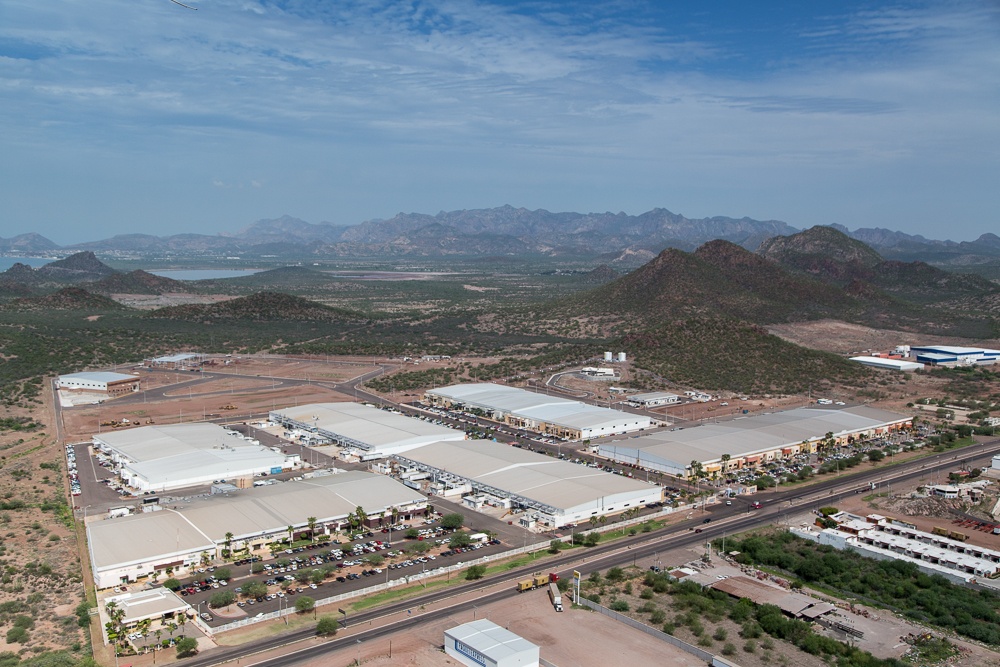If you are a medical equipment manufacturer, you may be aware of the updates to the changing regulations of current good manufacturing practice (GMP) requirements on a global scale. In the United States, there has been a movement to incorporate the international standard for device quality management systems set by the International Organization for Standardization (ISO).
More than 165 countries participate in the ISO, including Argentina, China, Germany, Japan, Canada, and Mexico. These regulations harmonize requirements for a Quality Management Systems (QMS) worldwide in tandem with other regulatory authorities.
Regulation changes like these add pre-production design controls and aim to achieve consistency with quality system requirements worldwide. This sets forth a critical framework for device manufacturers to follow, while still allowing them greater flexibility in achieving quality requirements.
With these changes in mind, companies that manufacture medical devices and equipment must partner with experts who understand these regulations fully. At Tetakawi, we manage the legal, organizational, and support structures necessary to keep your medical technology company running smoothly or even get it up and running.
In this article, we’ll explore the ten key principles of GMP in accordance with the ISO updates, as well as how to find a company that can streamline your manufacturing processes through offshore or nearshore manufacturing.
What Is GMP Compliance?
GMP stands for ‘good manufacturing practices.’ It is a system of processes, procedures, and documentation that ensures manufacturing products are produced in a consistent manner and controlled according to set quality standards. GMPs examine every aspect of the manufacturing process to guard against risks that can have extremely negative effects for products, such as mislabeling or cross-contamination. In the medical field, everything must be exact and precise.
A major benefit of implementing GMP is protection for your company. GMPs cut down on losses and waste, and avoid recalls, lawsuits, seizure, fines, and even judicial repercussions. Here are some areas that influence the safety and quality of medical devices that GMPs address:
- Quality management
- Sanitation and hygiene
- Building, facilities, and equipment
- Raw materials
- Personnel
- Validation and qualification
- Complaints
- Documentation and recordkeeping
- Quality audits and inspection
These areas can boil down to the ‘Five Ps of GMP,’ meaning, factors in the workplace that are regulated to ensure consistent quality and safety of products produced. These five Ps are: people, products, processes, procedures, and premises.
For example, regulations regarding people require employees to adhere to strict manufacturing processes and regulations. If a company is following current GMP standards, employees have undertaken training to fully understand their roles and responsibilities. This also requires management to assess their performance, helping them boost efficiency, productivity, and competency.
The Ten Principles of GMP
GMP standards and regulations are lengthy and detailed. However, there are ten basic principles that cover all of these guidelines that you must follow when establishing a medical device manufacturing factory or facility. Your facility must:
- Create standard operating procedures (SOPs)
- Enforce and implement SOPs, including work instructions
- Document procedures and processes
- Validate the effectiveness of SOPs
- Design and use working systems
- Maintain systems, facilities, and equipment
- Develop job competence of workers
- Prevent contamination through cleanliness (via sanitization standards)
- Prioritize quality and integrate into workflow
- Conduct regular GMP audits
How to Streamline Your GMP Implementation
When you consider establishing a medical device production facility, we recommend working with offshore or nearshore companies that can help you get set up and ensure your company is following GMP standards and regulations. At Tetakawi, we help companies like yours launch and run factories and production facilities in Mexico with lower overhead costs and high-quality products.
Why Mexico? A large portion of the world’s medical devices are manufactured in Mexico. Mexico is the eighth largest global manufacturer of medical devices and technologies, providing more than 140,000 jobs in the medical device manufacturing industry alone. It’s also the top exporter of medical devices to the United States, while also exporting to Singapore ($446 million in revenue), Belgium ($415 million), China ($314 million), and Japan ($258 million).
The experts at Tetakawi take a hands-on approach to the extensive administrative work required to establish your company in Mexico, including configuring the aforementioned legal and structural supports, recruiting and training employees, and managing admin functions from finance to labor to customs. Ready to get started? Contact us today to start your Custom Service Plan and learn about how Tetakawi can streamline your medical device manufacturing processes and systems!
Subscribe
Sign up and stay informed with tips, updates, and best practices for manufacturing in Mexico.





